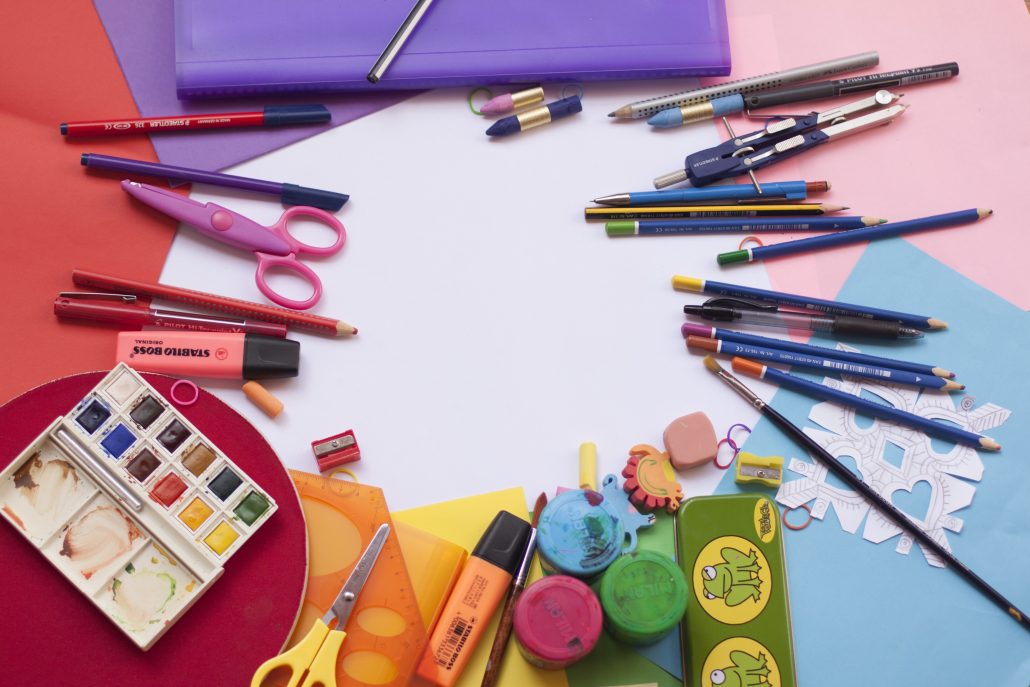Mindset Matters: Growth Mindset for the Elementary Schooler

Growth Mindset vs. Fixed Mindset is a very hot topic in the education world right now. What began as a pedagogical, research-based concept coined by Dr. Carol Dweck, a psychology professor at Stanford, has now trickled down even into kindergarten classrooms. A basic explanation for a not-so-basic concept is the fact that people can improve their achievement, motivation, and even their intellect by adopting a growth mindset and strategies that correspond to such a mindset.
Growth vs. Fixed
Teaching young learners about growth mindset involves countering thought processes that they may have already begun to acquire. Students in elementary school have likely already begun to find their strengths and weaknesses. We all have certain talents, but elementary schoolers can adopt a growth mindset by refusing to limit themselves based on areas of weakness. Teaching growth mindset to younger learners can be as simple as swapping out our language and praise in the classroom.
Stressing only natural-born talents can be detrimental to adopting a growth mindset. While some of us are born with natural gifts, such as artistic, athletic, or musical strengths, the flipside to stressing the importance of natural gifts is the fact that children will believe that, if they are not born with these abilities, they cannot acquire them. Additionally, this fixed mindset does not encourage learners to accept challenges. Instead of attempting something outside of their comfort zone, children with a fixed mindset may rest on their laurels—believing that, unless it is one of their innate gifts, they will never be good at it.
Instead, stress the importance of acquiring new skills. Yes, natural abilities are wonderful in that they are innately effortless. However, do not forget to encourage children to practice skills, activities, or hobbies outside of their natural realm of abilities. Growth mindset involves a belief system that ability is limitless, so long as the strategies are there. Again, this is about embracing challenges with the realization that, while we may not be the best at a new skill right away, we can take charge of the challenge by practice, learning, and growing.
Emphasizing success while downplaying failure ignores the essential process for improvement. Children with a fixed mindset consider failure to be inevitable if the task involves something that they deem that they are simply “not good at.” This discourages any amount of effort or motivation because they truly believe that “once a multiplication failure, always a multiplication failure.” In this sense, people with a fixed mindset internalize failure. They believe that they are not good at something, therefore they will never be good at it, so what is the point of putting forth excessive effort? In a sense, a fixed mindset creates its own roadblocks.
Help children to look closely at and analyze possible reasons for moments of difficulty or perceived failure. Don’t shy away from discussing why your child struggled with something. Instead, have open and honest conversations about how they could use different strategies the next time. Growth mindset revolves around the idea that intellect and ability are fluid—and that we can control our success rates by practicing and strategizing.
A child with a fixed mindset will often strive for perfection. What’s the problem with that? Well, for one, perfection is a relative term. There is no way to measure “perfection.” It also discourages or discredits hard work unless the child received 100% on an assignment. In a child’s fixed mindset, it is either 100% or nothing.
While a fixed mindset ignores the concept of improvement and growth, the alternative praises evidence of improvement. Yes, you may have gotten a C on your math test; however, that score is leaps and bounds above the D you got 3 weeks ago. When having children examine and analyze their own growth, they begin to find trends in their learning process. These trends help them to identify which strategies are most beneficial to them as learners. So yes, the C grade may not be as exciting as the A+, but the steady improvement tells us a lot about how a child has acquired new learning strategies.



